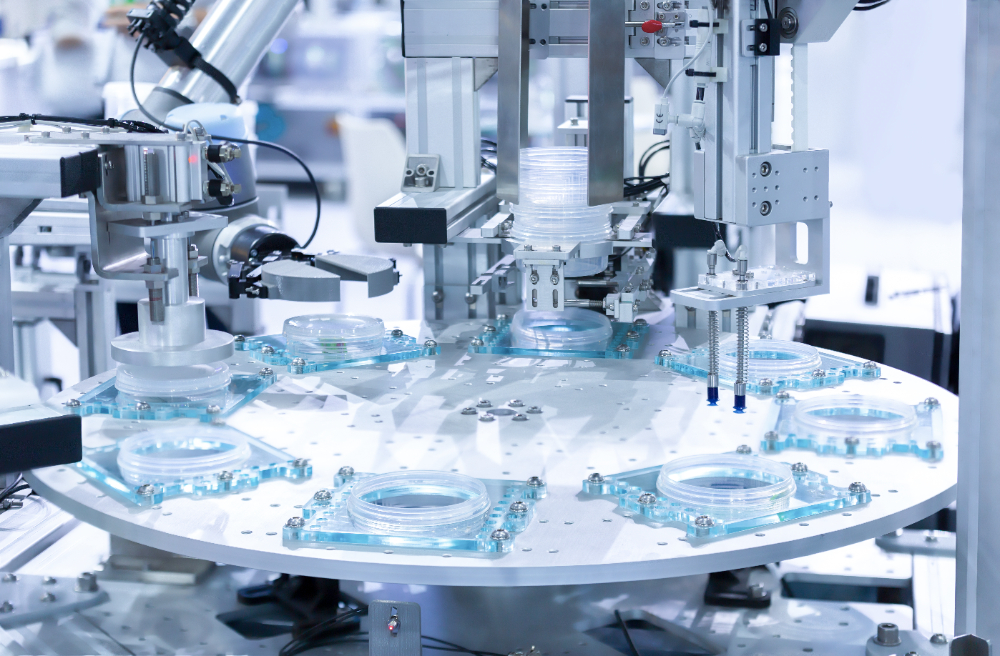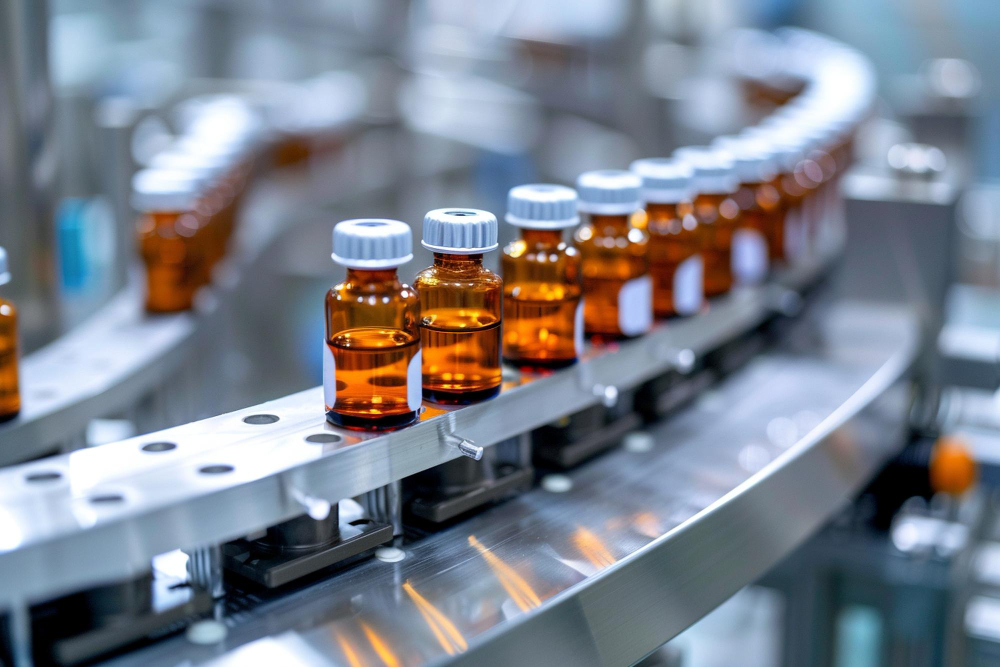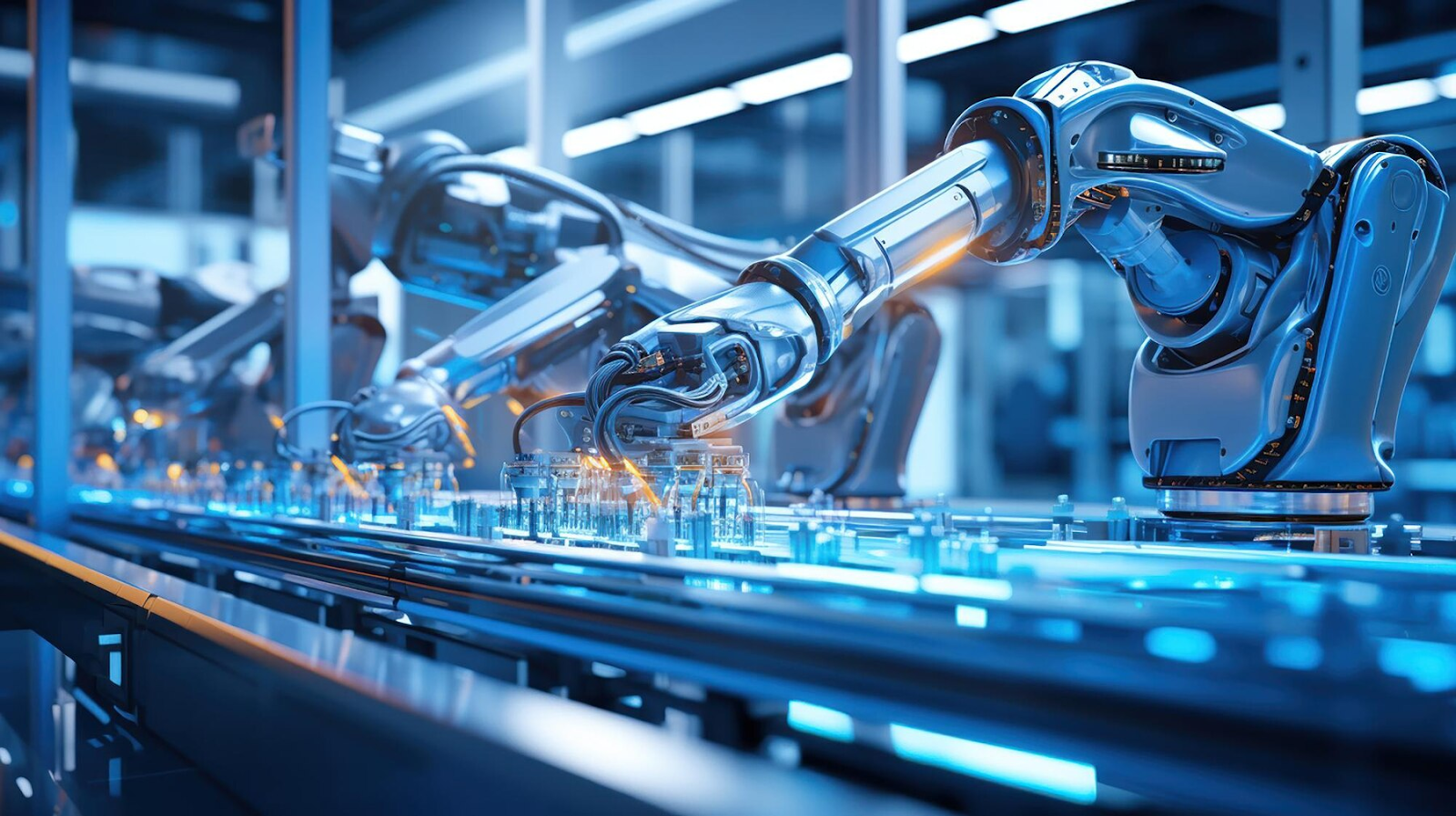High-shear mixers play a big role in industries—pharmaceuticals, food production, cosmetics, etc—that require efficient blending and emulsifying of materials. They excel at creating homogenous mixtures quickly and with precision.

In this guide, we’ll explore how high-shear mixers work, their key components, and why they’re indispensable in various industrial processes.
What is a high-shear mixer? A high-shear mixer is designed to blend materials—often those with different viscosities—into a uniform mixture. It achieves this by creating intense mechanical forces that break down particles, emulsify liquids, and disperse powders.
The high-speed rotor, working in tandem with a stationary stator, generates the necessary shear forces to achieve consistent, fine particle sizes.
A high-shear mixer’s efficiency comes from its well-engineered components:

A rotating element that spins at high speeds to create shear forces. The rotor draws in materials, which are then exposed to intense turbulence.
The stationary element that works closely with the rotor. Materials pass through the small gaps between the rotor and stator, where they undergo shear stress, breaking down particles and mixing the materials uniformly.
This is the enclosed area where the rotor and stator are housed. The chamber contains the materials being processed, allowing them to be exposed to continuous high shear until the desired consistency is achieved.
How does a high mixer work? High-shear mixers operate by using a rotor to create intense shear forces that mix and break down materials. Here’s a step-by-step look at the process:
| Step | Description |
| 1. Ingredient Introduction | Materials (powder, liquid, or emulsion) are added to the chamber. |
| 2. Rotor and Stator Interaction | The rotor pulls materials through a narrow gap, mixing and breaking them down. |
| 3. Circulation and Discharge | Mixture is recirculated or discharged once the desired consistency is achieved. |
The materials, whether powders, liquids, or emulsions, are introduced into the mixing chamber. Depending on the mixer, this can be done manually or automatically.
The rotor spins at high speeds, creating a vacuum that pulls the ingredients into the rotor-stator assembly. As the materials pass through the tight gap between the rotor and stator, they are subjected to shear forces that reduce particle size, emulsify liquids, and blend powders.

Depending on the design, the mixture may be continuously recirculated until the desired consistency is reached, or it can be discharged after a single pass. This is particularly beneficial for emulsions, ensuring uniformity in the final product.
High-shear mixers offer several key benefits:
The high-speed rotor allows for fast, efficient mixing, reducing production time compared to traditional mixers.
The powerful shear forces reduce particle sizes, resulting in smooth, homogenous mixtures. This is particularly valuable in industries where consistency is critical, such as pharmaceuticals and cosmetics.
High-shear mixers can handle a variety of materials, from powders to liquids and semi-solids. Their ability to process different materials makes them adaptable to a wide range of industries.
Despite the high speeds, high-shear mixers are designed to use energy efficiently, ensuring that they operate without excessive power consumption.
Due to their versatility and efficiency, high-shear mixers are used in a variety of industries:
In the pharmaceutical sector, high-shear mixers are essential for blending powders, creating emulsions, and achieving fine particle sizes in drug formulations. They are particularly valuable in the production of creams, ointments, and liquid medications, where uniformity is crucial.

High-shear mixers are used to create smooth, consistent emulsions in food products like sauces, dressings, and dairy products. Their ability to mix ingredients quickly helps reduce processing times, improving production efficiency.
In cosmetic manufacturing, high-shear mixers are used to create lotions, creams, and gels. The fine particle size and smooth consistency achieved through high-shear mixing are essential for high-quality cosmetic products.
While high-shear mixers are highly effective, they come with certain challenges:
Due to the high speeds involved, high-shear mixers can generate heat, which can affect heat-sensitive materials. In some cases, cooling systems are required to maintain product integrity.
The rotor-stator assembly needs regular inspection and maintenance to ensure the gap between the rotor and stator remains optimal. Wear and tear over time can reduce the mixer’s efficiency if not addressed.
When choosing a high-shear mixer, consider the following factors:
Different mixers are better suited for different types of materials. If you’re working with powders, emulsions, or viscous liquids, be sure to choose a mixer that’s designed to handle those materials.
For small-scale production, a batch high-shear mixer may be sufficient. However, for continuous large-scale production, an inline high-shear mixer may be more appropriate.
If you need to clean your equipment frequently or switch between different materials, look for a design that allows easy disassembly for thorough cleaning. This is especially important in industries like pharmaceuticals, where contamination must be avoided.
Are you looking to improve your production process with fast and efficient mixing? Canaan’s high-shear mixers offer the precision, speed, and flexibility your business needs. With robust designs and efficient energy use, our mixers are ideal for industries like pharmaceuticals, food production, and cosmetics.
Our high-shear mixers meet the highest standards for GMP and CE certifications, ensuring your operations remain compliant with international safety and quality regulations.
Explore our selection of high-shear mixers and discover how they can optimize your production line. Learn more by visiting our website or getting in touch with us!




Manufacturing pharmaceutical products should always be taken seriously. That is, every process must follow the strictest and highest standards. This is the very reason why manufacturers prefer hiring an EPC contractor. Contractors working under EPC contracts will ensure the outcomes are of the best quality no matter what happens, focusing on the construction of the […]

Explore the importance of EPC contracts in pharmaceutical manufacturing. Learn how EPC works, its benefits, and why choosing an EPC contractor can guarantee project success with Canaan’s industry-leading equipment.

Discover how SCADA and PLC improve automation in the pharmaceutical industry. Learn their roles, benefits, and how Canaan’s advanced technology enhances efficiency and safety.